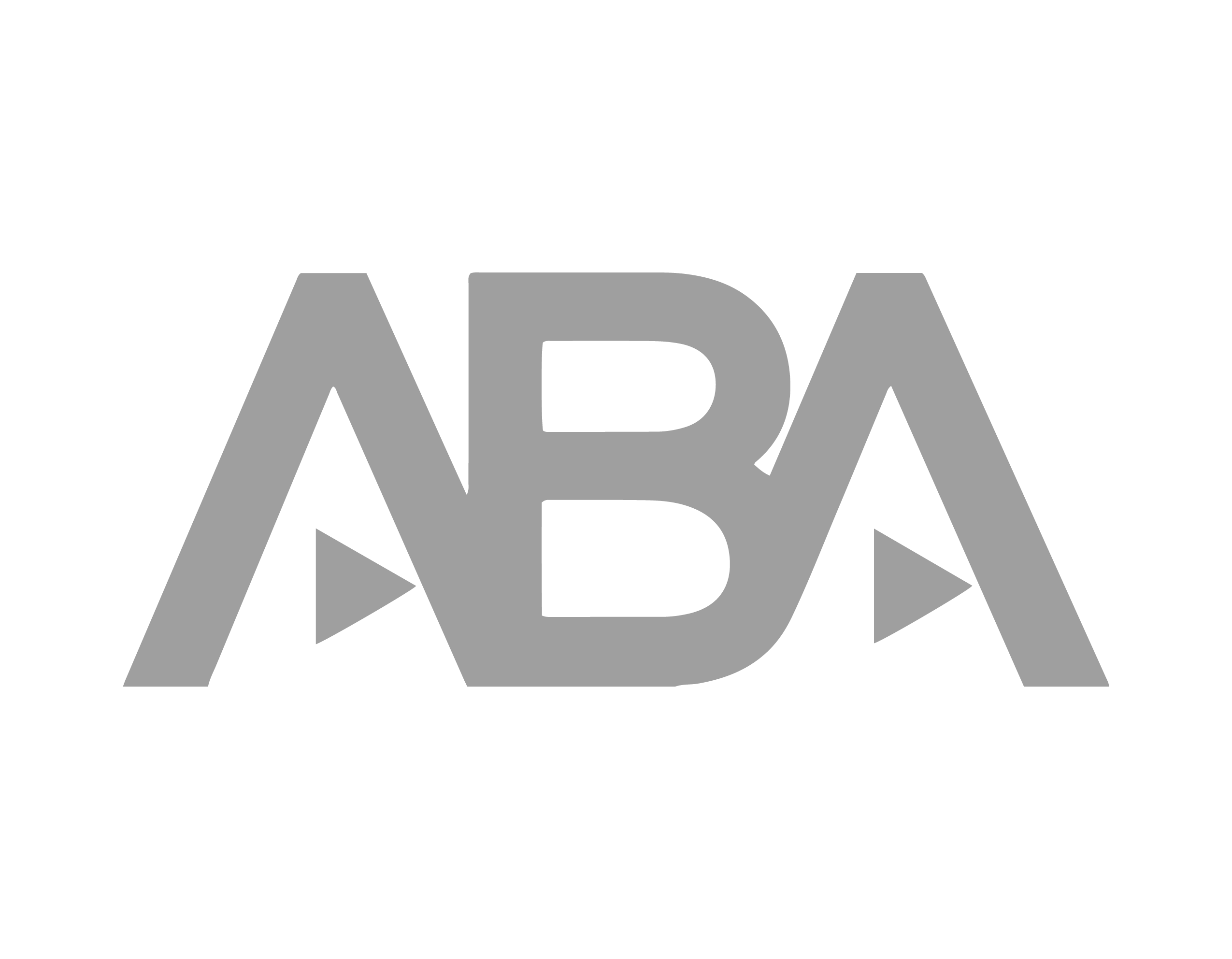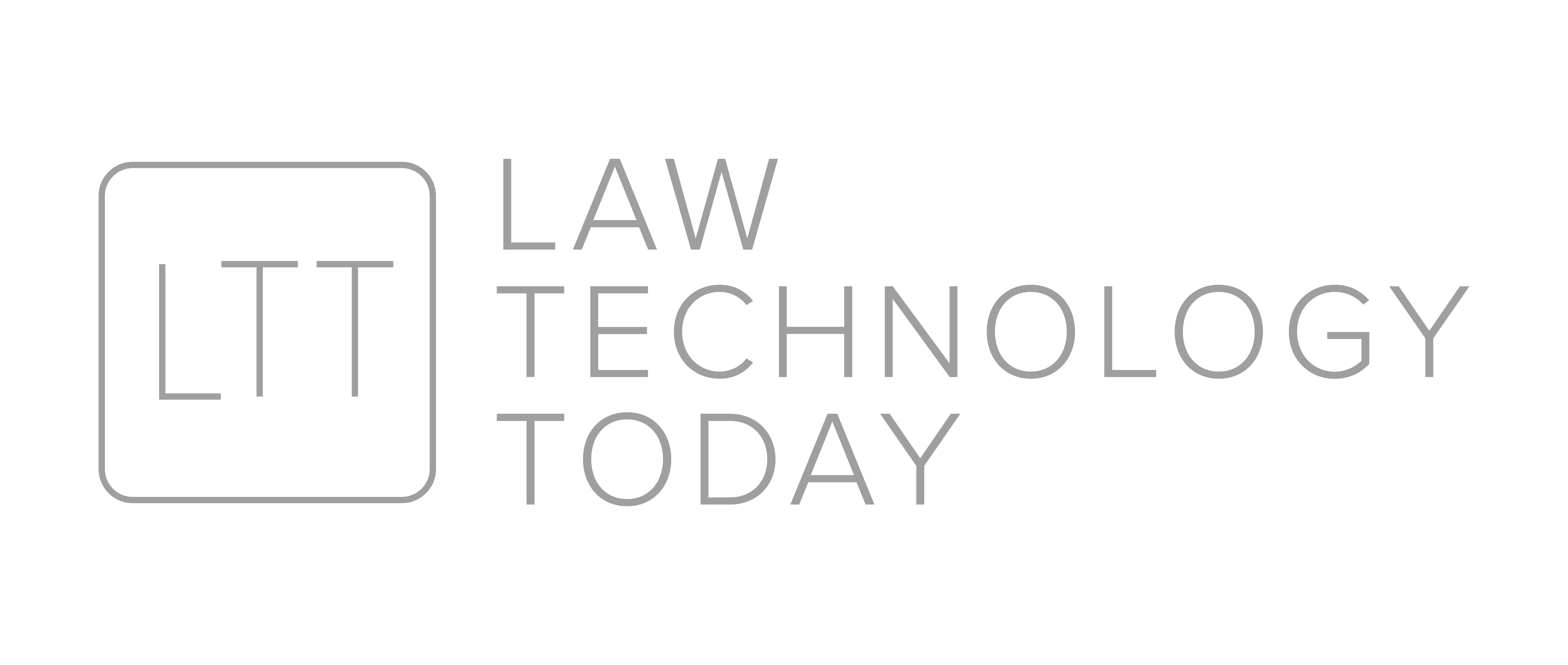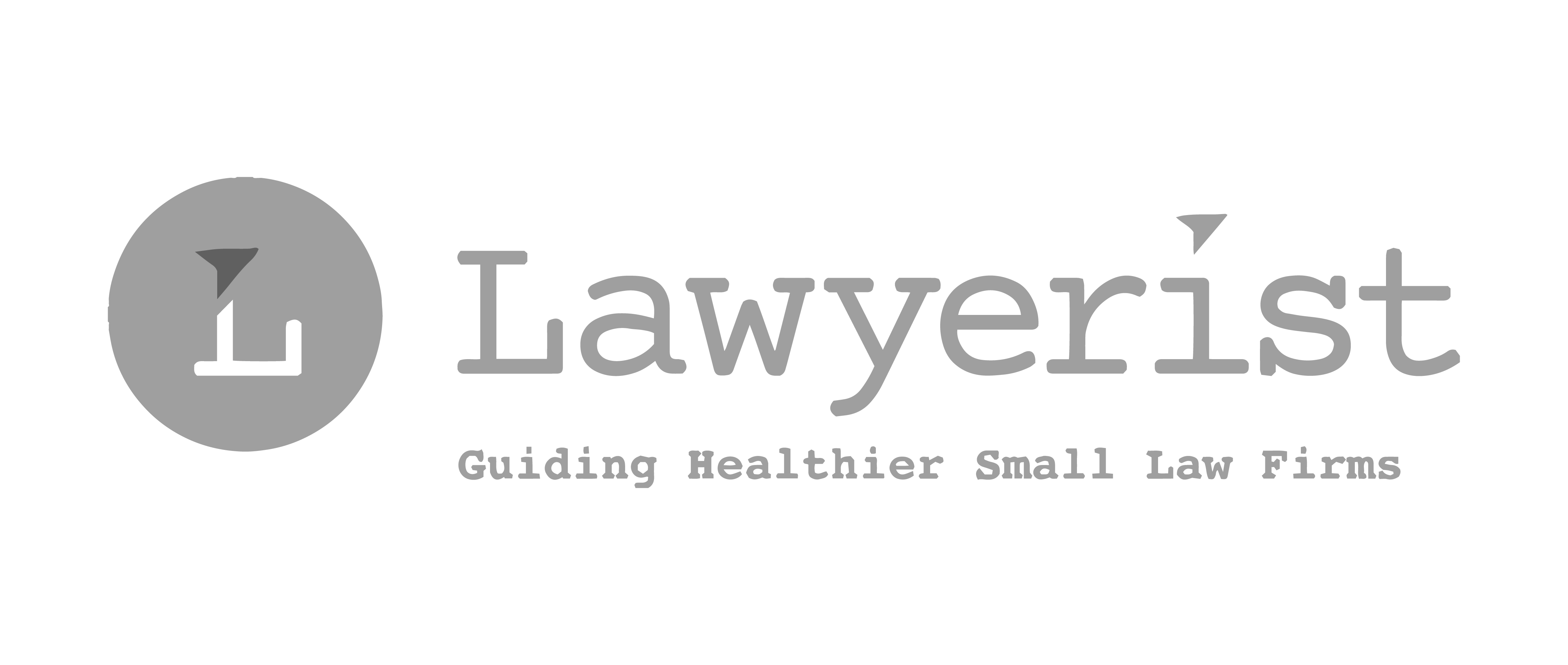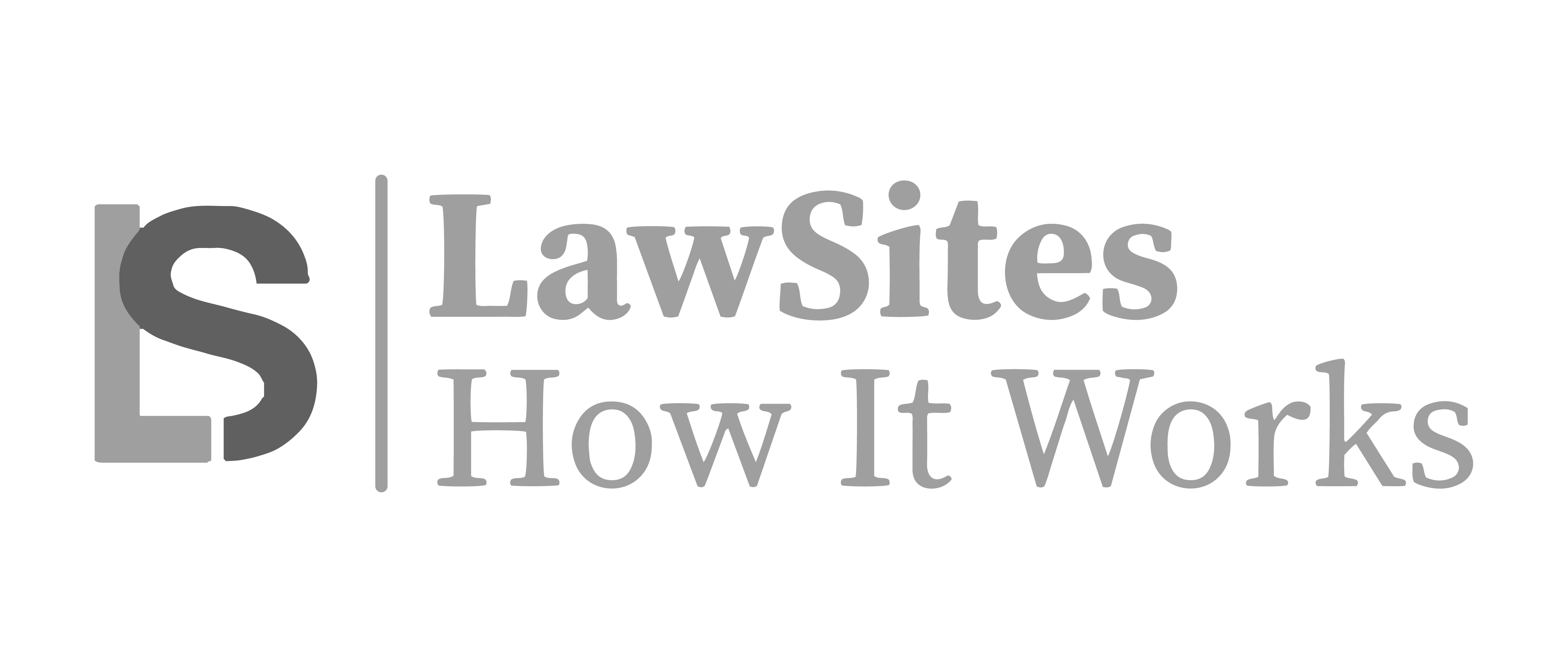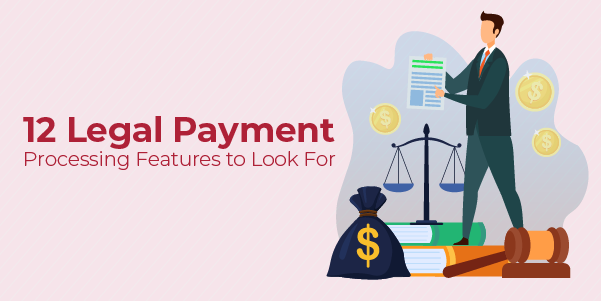How a Client Portal Can Improve Your Law Firm’s Cash Flow

Poor cash flow is a problem that no law firm wants to have. But while it’s tempting to want a quick solution to the problem, it’s important to look at the source of the problem.
There are numerous reasons for poor cash flow: excessive overhead, inaccurate financial forecasting, and seasonal fluctuations, to name a few. The leading cause, though? Late payments—which are often a result of a difficult or inconvenient payment process.
If your law firm makes one update to your payment processes this year, consider putting a client portal to work for you. (Or, if you already have one, using it to its full potential!)
For your clients, a portal increases convenience and makes it easier to pay any outstanding bills. For a law firm, client portals make it more likely that clients will pay their bills on time. Portals can support steadier liquidity for your firm while reducing the time it takes to follow up, and minimizing the need to have those awkward payment conversations with clients.
That said, even the best tools need the right strategies to maximize their value. Here’s why a client portal can be a useful resource for your firm (and how you can get the most out of yours).
Why client portals help law firms improve cash flow
Client portals are a fantastic way to create a predictable, convenient billing schedule with clients. With client portals, law firms can improve their cash flow by offering a centralized location for clients to view and pay their invoices.
A client portal allows clients to pay online with most major credit cards. Law firms who accept online payments typically get paid faster, and those payments are easier to track for all parties. As a result, your administrative staff has less clunky payment processes AND your clients have fewer things to keep track of.
(Even better, because electronic checks and credit card payments clear faster than paper checks, you’ll often receive your money in as little as 12 hours.)
Client portals also create easier workflows for your staff. Instead of printing and mailing invoices each month, you can simply upload them to a client portal with just a few clicks.
Maximize your client portal—and your cash flow
In order to fully reap the benefits of your client portal, it’s important to understand how to use it to its full potential. Here are some top tips for getting the most out of your client portal software.
Make sure your workflows are set up using your client portal
If your firm has relied on printed invoices for years, switching to ANYTHING digital can seem overwhelming. As pioneers in cloud-based legal software, we promise: it’s easier than you expect.
That being said, you do need to plan for changes. In particular, you should map out your new workflows in advance and thoroughly test them before rolling anything out to your clients. Make sure that your administrative team knows how to send invoices to the client portal, and that legal staff are prepared to send and receive messages on it.
A training session can go a long way toward preparing everyone for new processes.
Communicate process changes to your clients
Communicating about process changes is a critical component of generating client buy-in. If you implement a new billing system without providing clear and advanced notice for your clients, then you will probably experience pushback—and a lag in payments.
Instead, get ahead of the curve and use proactive communication to explain the benefits that a payment portal provides for your clients. Use visuals and comparisons to demonstrate how a client portal provides a more convenient and flexible payment experience, alongside a central location to track their payments to your practice.
Keep in mind that it takes more than one email to announce a system change. Consider introducing the change a month or two in advance (along with plenty of reminders), so your clients know what to expect when the system goes live.
Make sure your fee and billing information is clear and easily accessible
When it comes to client billing, surprises are the enemy. Clients rarely appreciate expenses that are unexpected or unclear.
Be upfront and transparent about any anticipated fees for your services, and put them in writing for your clients to reference at later points in time. Ensure this information goes straight into your client portal so clients have it as an easy reference point.
Communicate with your clients about fees upfront, and inform them of extra service fees before you execute that service. If your client faces a large bill, it can help to discuss these fees in advance with them and prevent sticker shock when they receive their legal invoice. This can further reinforce on-time payments and give your clients time to prepare if they need to budget for an unexpected charge.
Use transparent tracking to improve on-time payments
When firms rely on paper mail to send bill notices, it can be difficult to track when and if clients receive these notices. It can be all too easy for a piece of mail to go unopened for months, or for someone to have plausible deniability that they received an invoice at all.
By making it as easy as possible for clients to pay their bills, an online client portal also creates more accountability for clients to pay their bills on time. Electronic payment systems create increased accountability and transparency for client payments. With a client portal, your firm can see when a client was billed, and your client can see how much they owe in just a few clicks.
Set your client portal up to answer questions
If people still need to sort out their billing questions with a staff member, that’s normal. But a well-implemented client portal can reduce the overall number of questions asked to your staff, as well as the time spent answering them.
An FAQ section within your client portal can help alleviate that issue, especially if it’s done well. To put together user-friendly FAQs, consider polling staff and clients about common questions they’ve had. Once the list is compiled, ask a third party to review it and check for any information gaps.
Along with an FAQ section, it’s important that your clients are trained on how to use your client portal to submit non-urgent questions or requests for billing clarification. Consider building out a tutorial video on how to use the client portal messaging features.
Improve your cash flow today with Rocket Matter
When it comes to improving cash flow, it’s all about building an integrated system that benefits both your legal staff and your clients. A well-implemented client portal can go a long way to supporting that goal.
Schedule a free demo today to see how Rocket Matter can help you set up your client portal and streamline your cash flow process.
Related Resources

How to Increase Your Profits with Rocket Matter
Lawyers in firms of all sizes struggle to finish the work for the day in a reasonable amount of time. With document creation, non-billable tasks, and time spent following up with current and potential clients, the workday quickly turns from a planned eight-hour day into a twelve-hour one.

How to Master Your Law Firm’s Time and Billing
Lawyers have a heavy workload. With so many clients and their various needs, it’s easy to put tedious administrative tasks like time tracking and billing on the back burner.

6 Billing Strategies to Grow Your Law Firm
Scaling your law firm doesn’t just mean adding more lawyers or increasing your number of clients. The best way to boost your law firm’s finances is to minimize your non-billable hours and make sure that every hour of your day is accounted for.
Share post:


